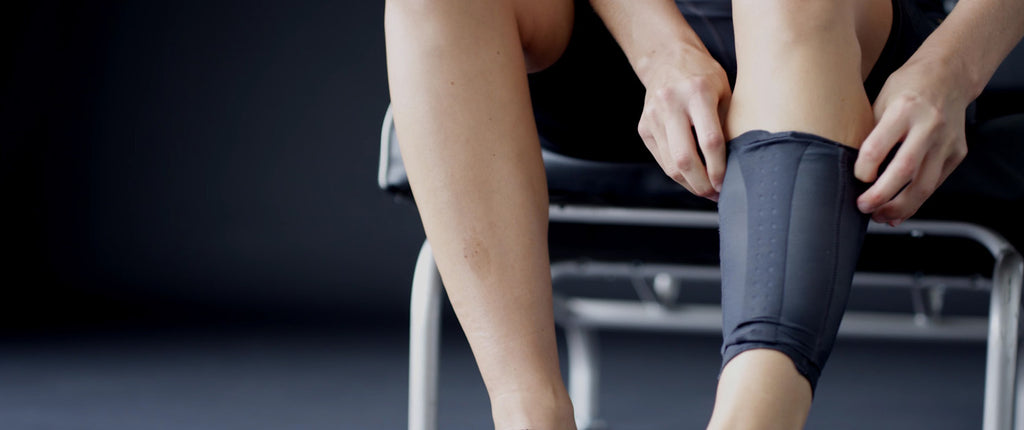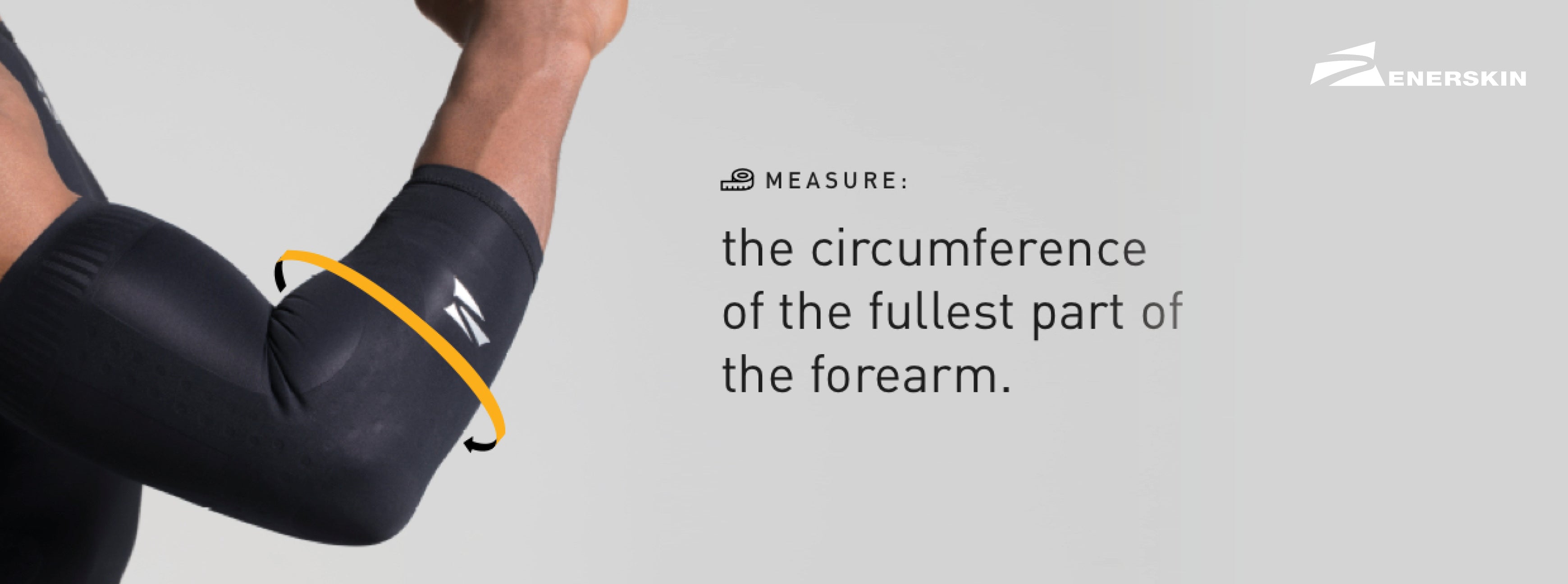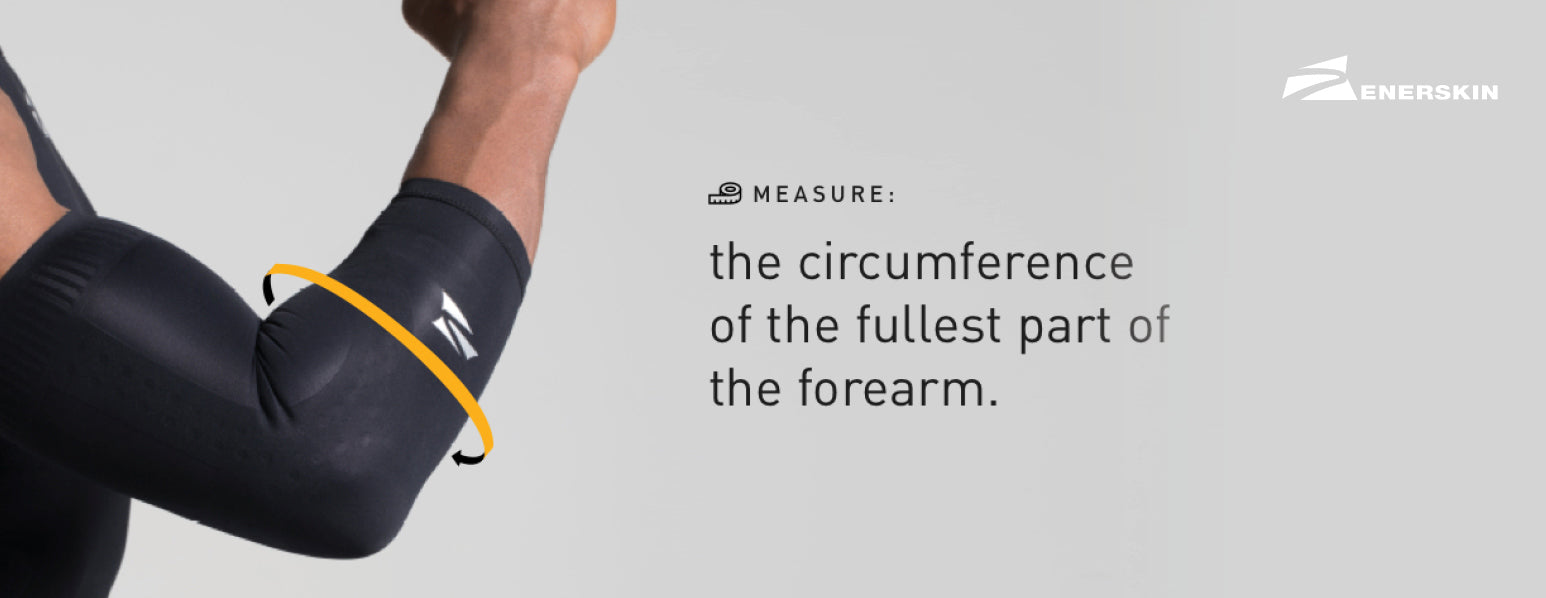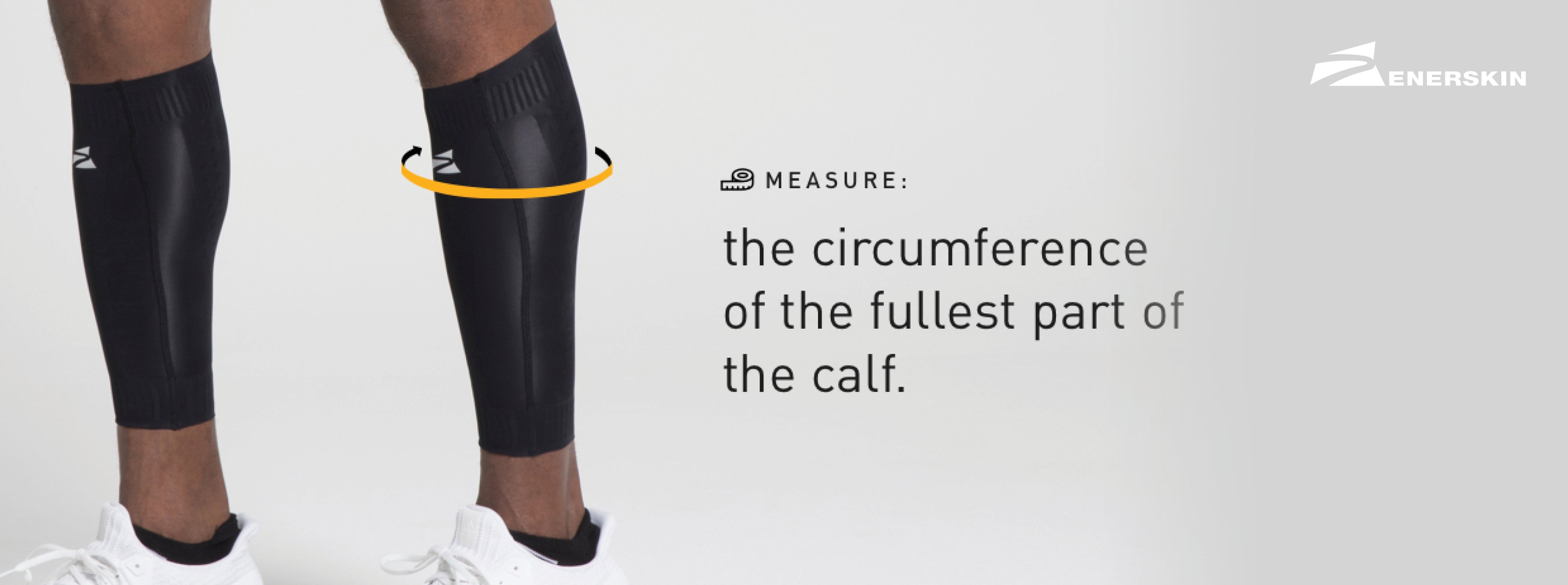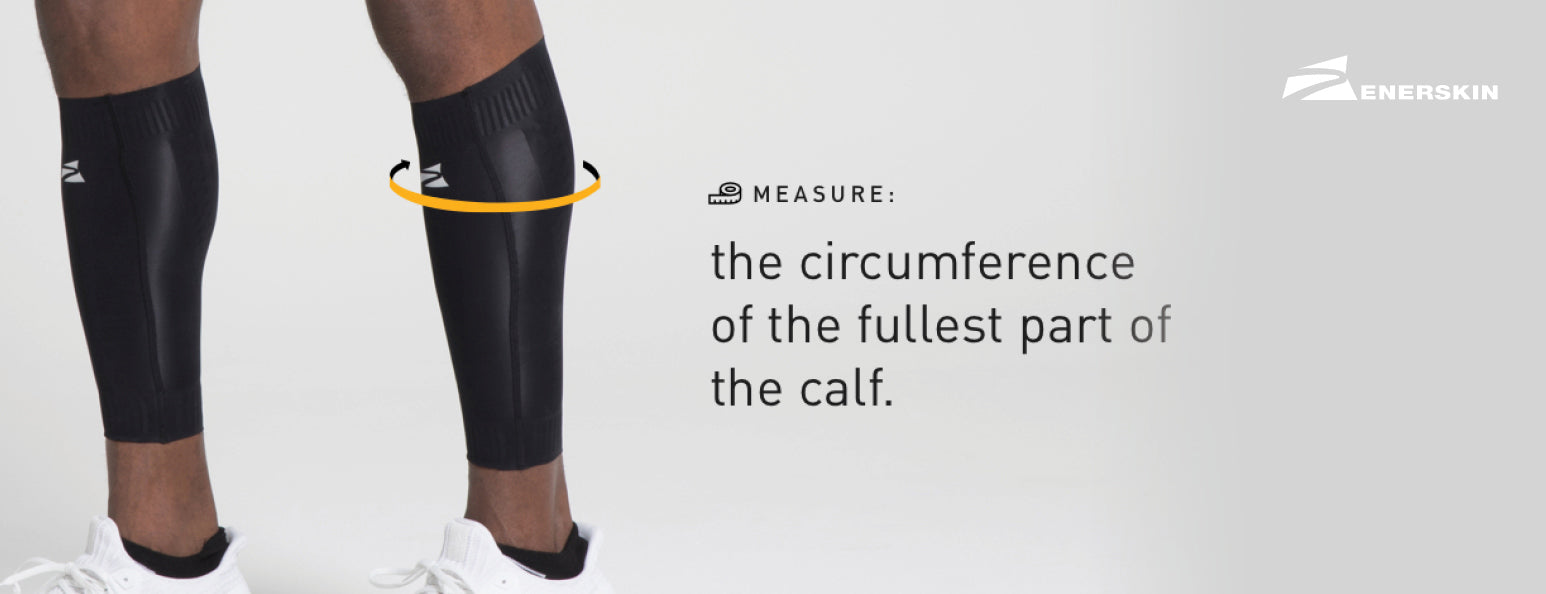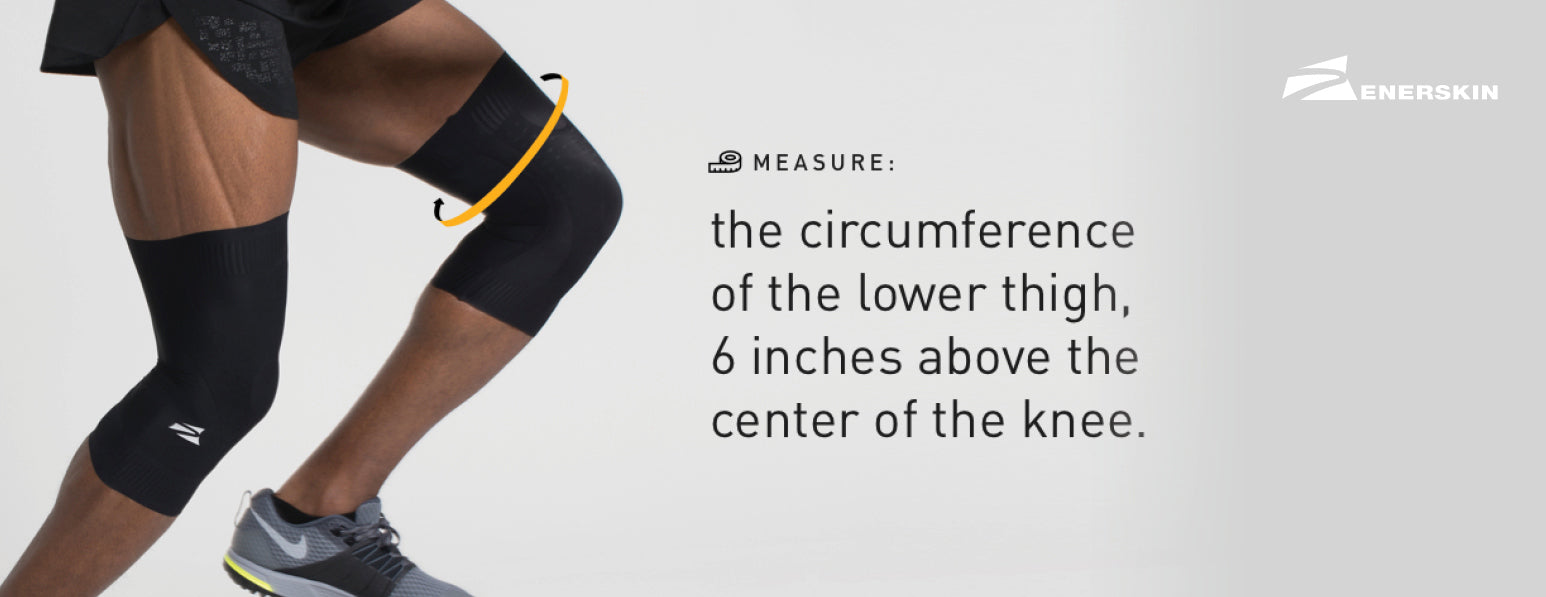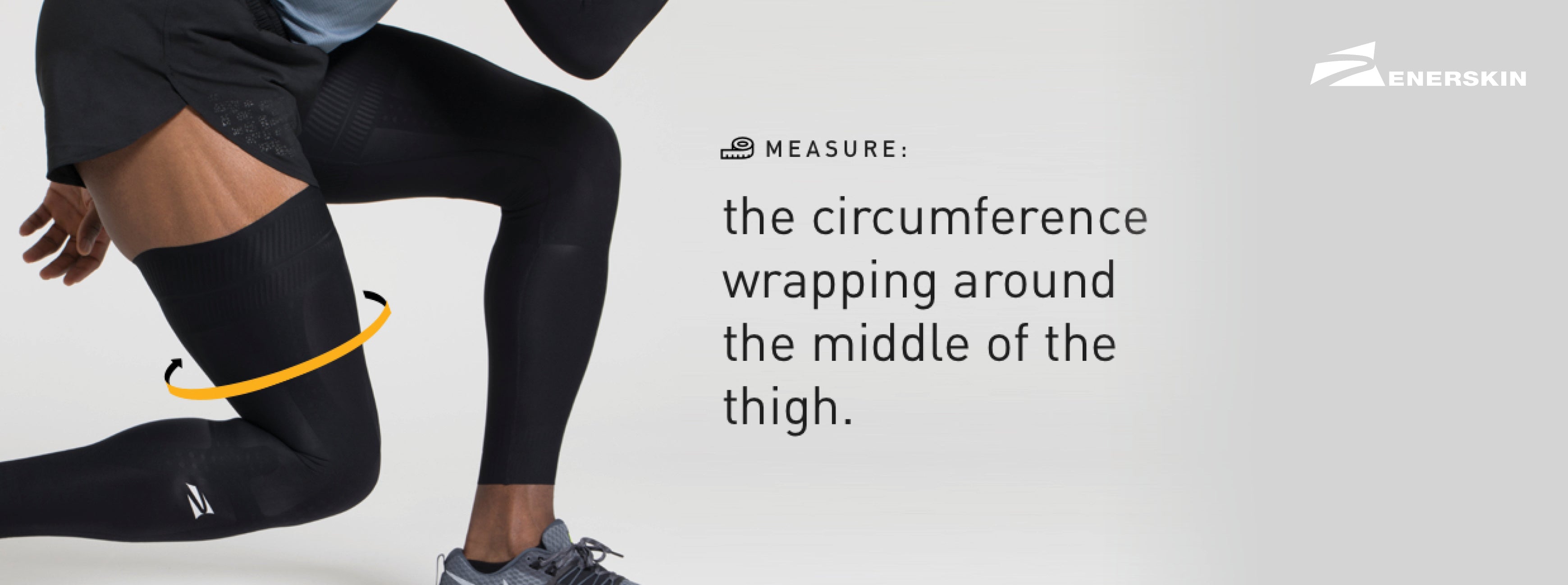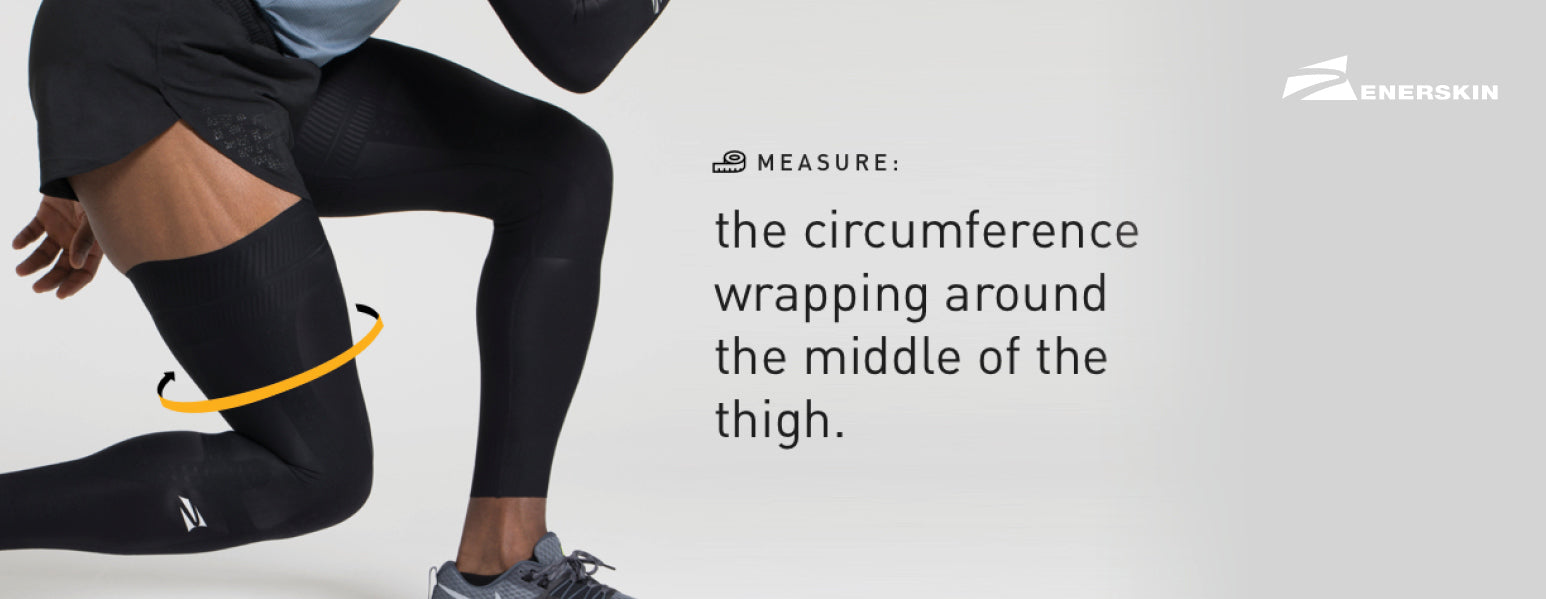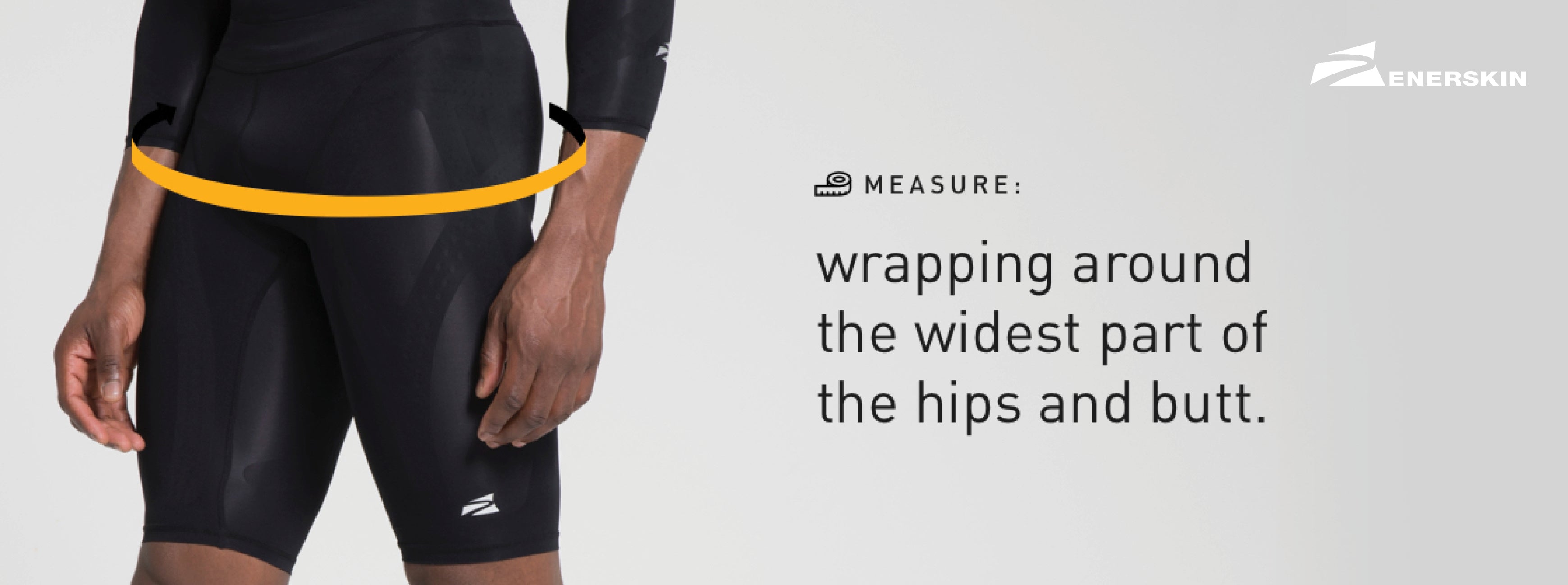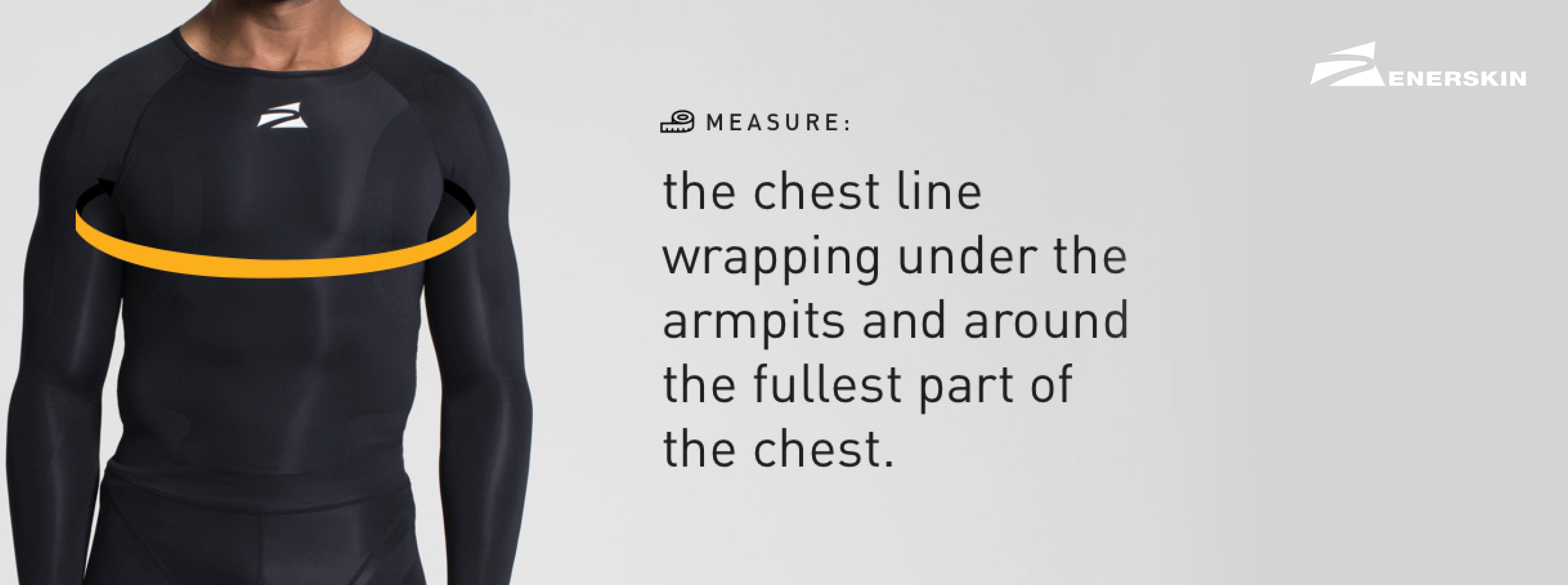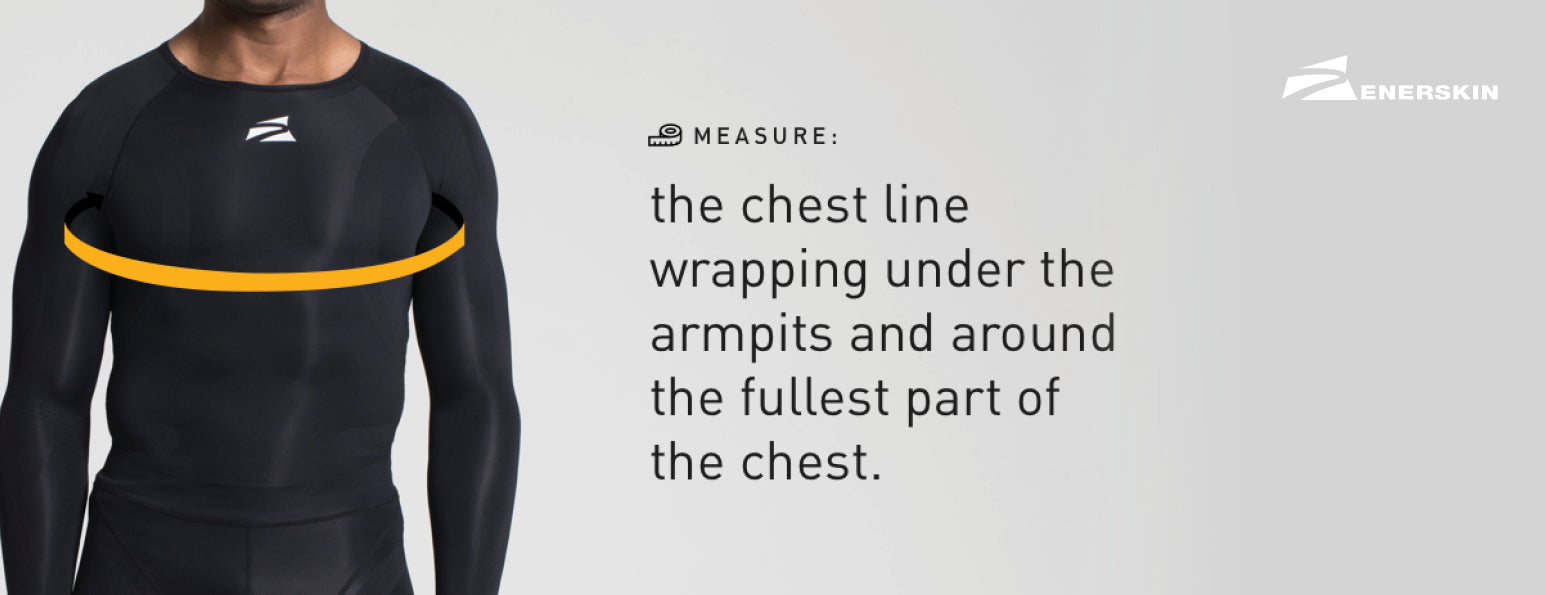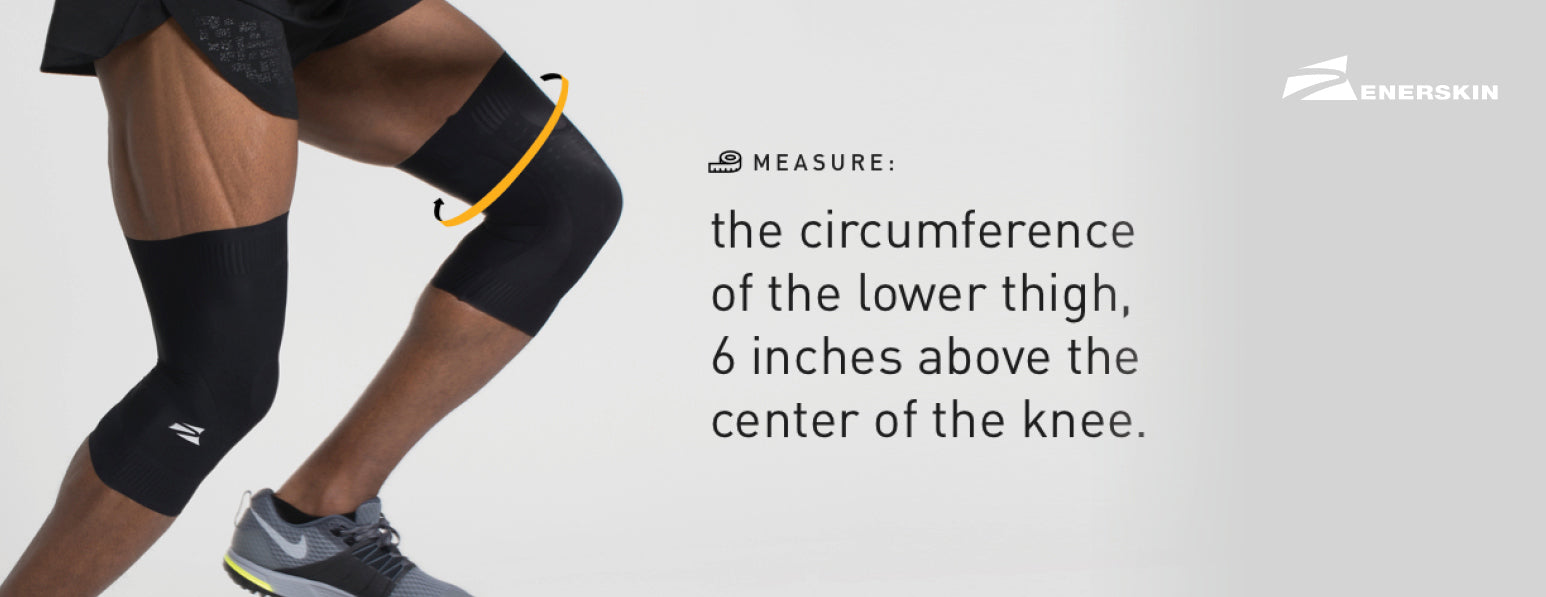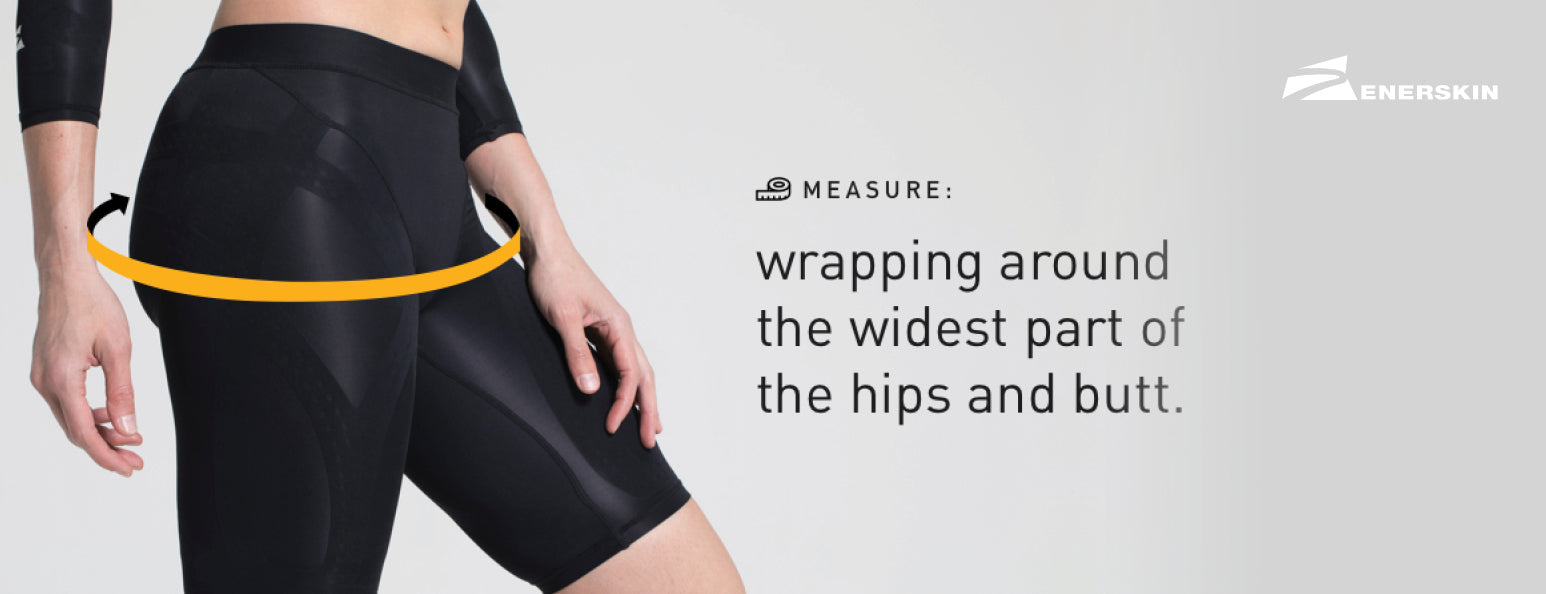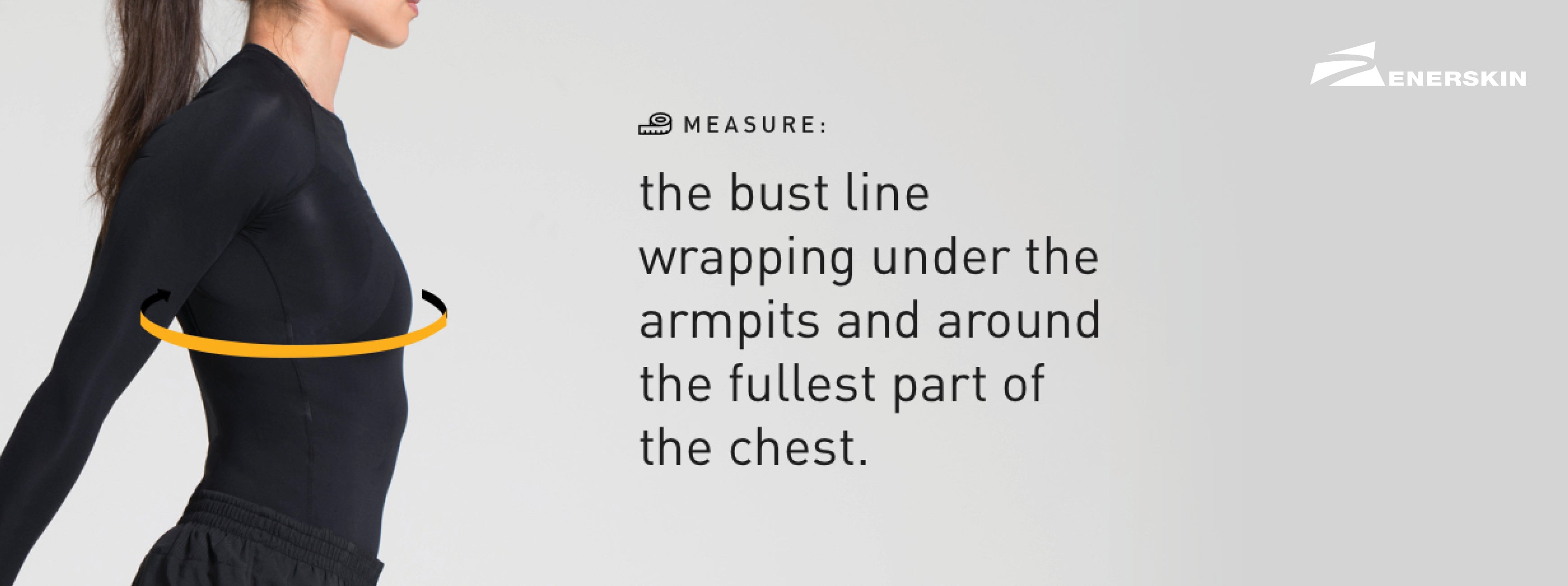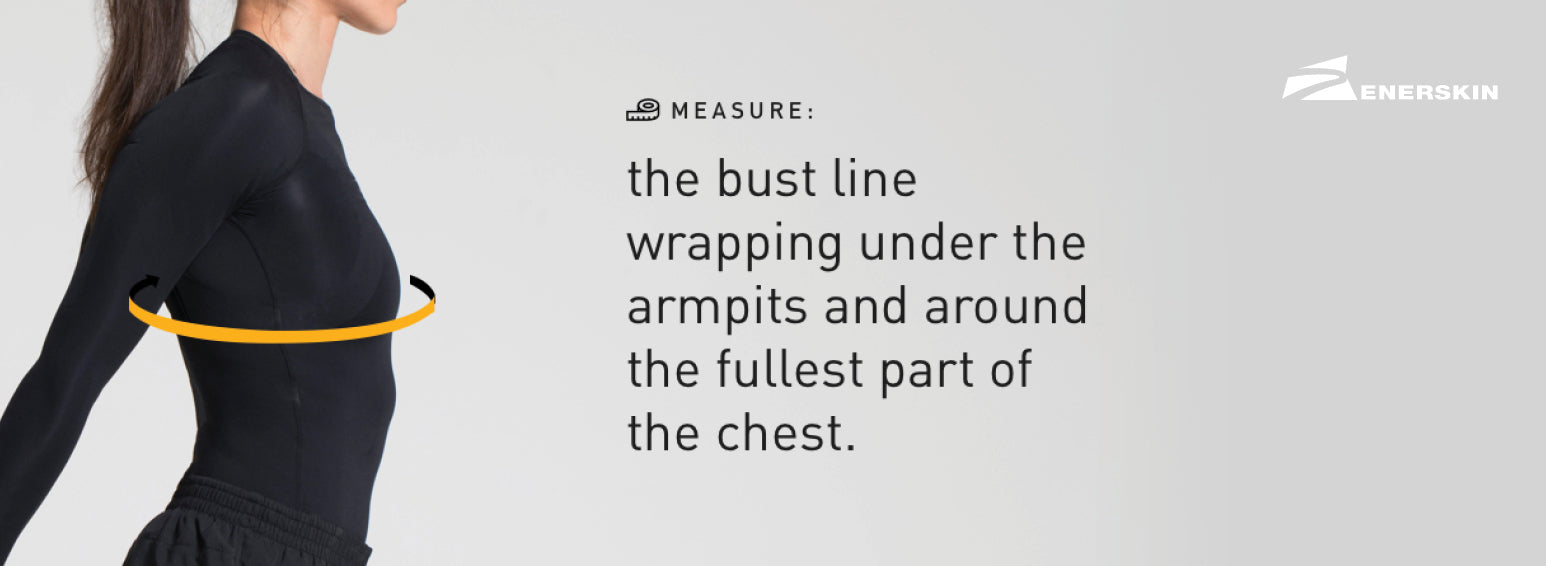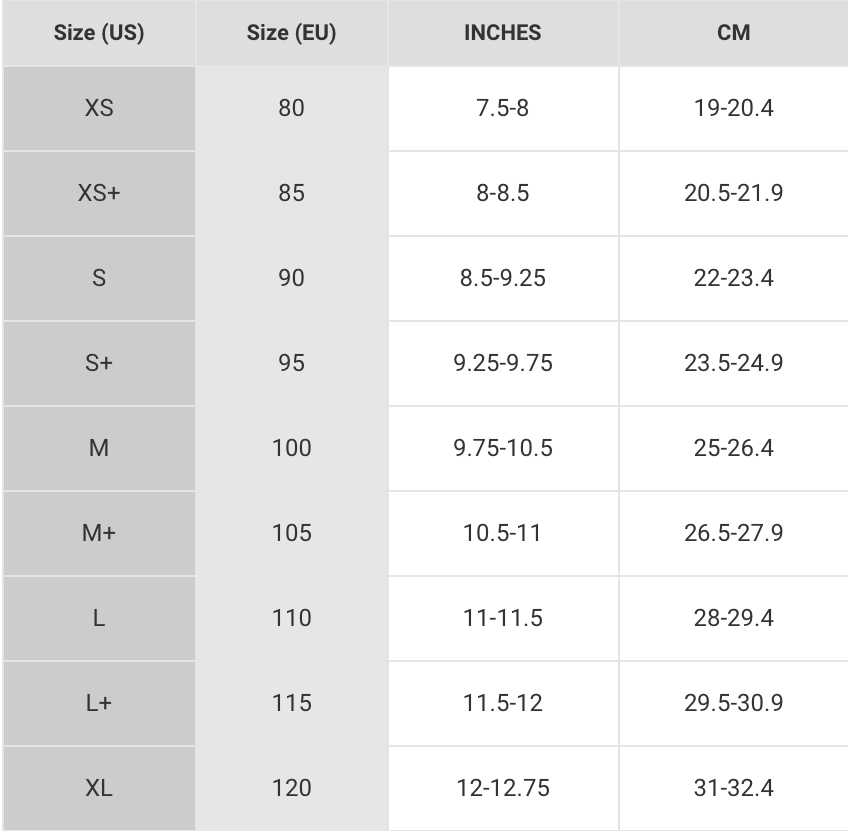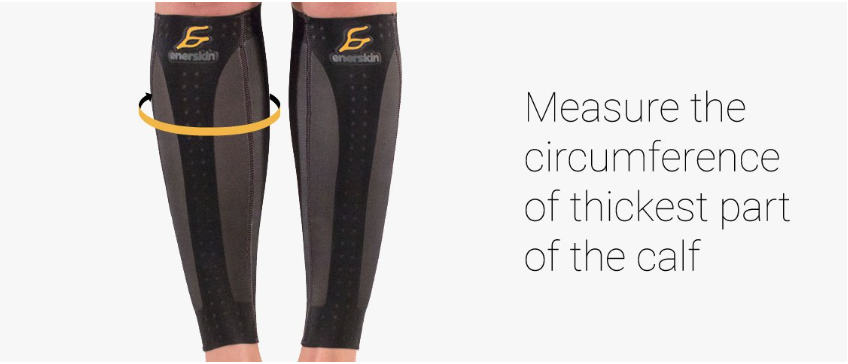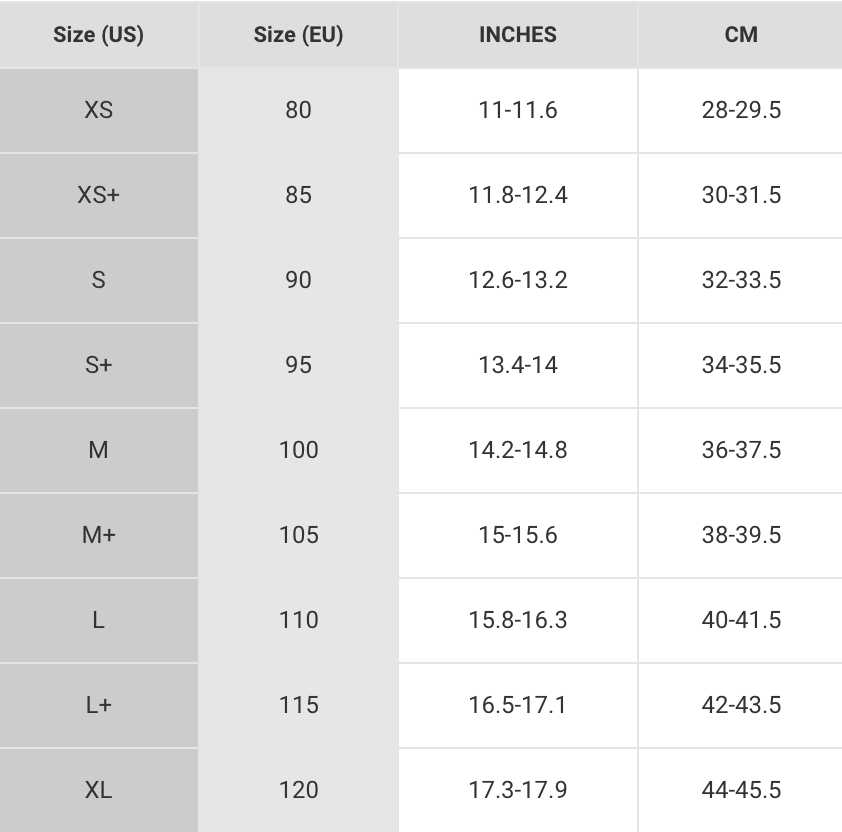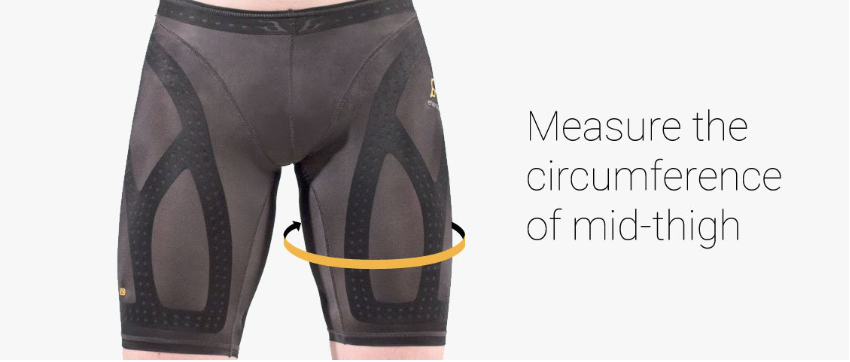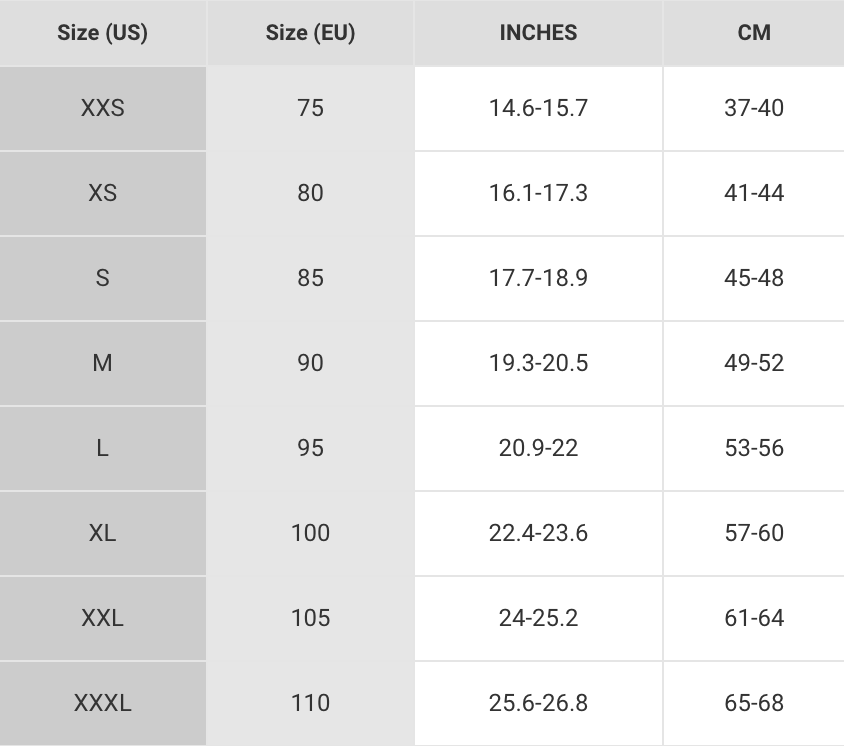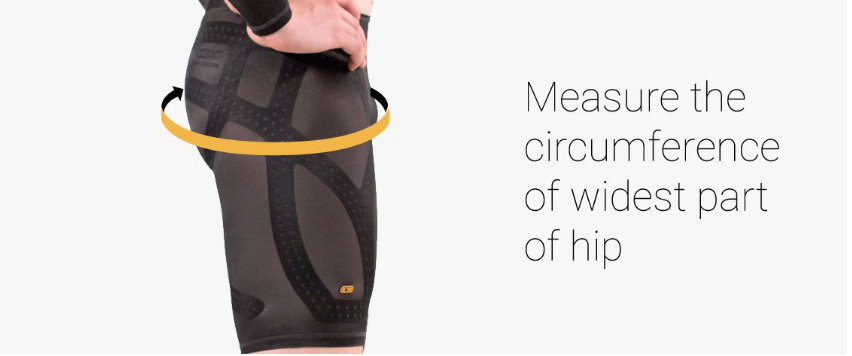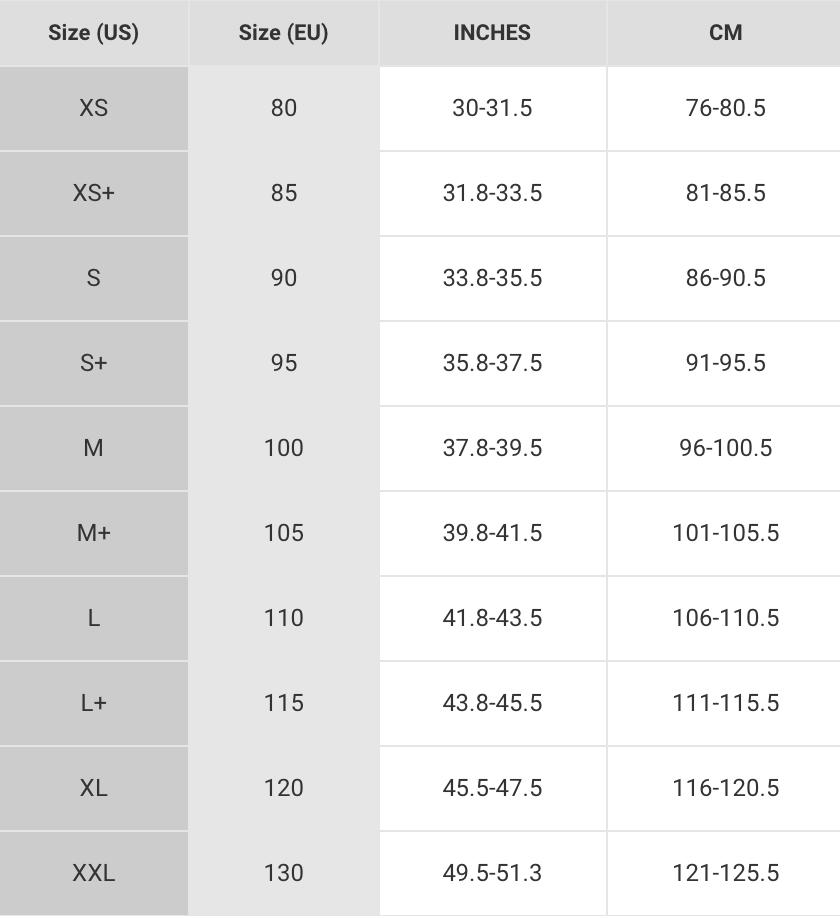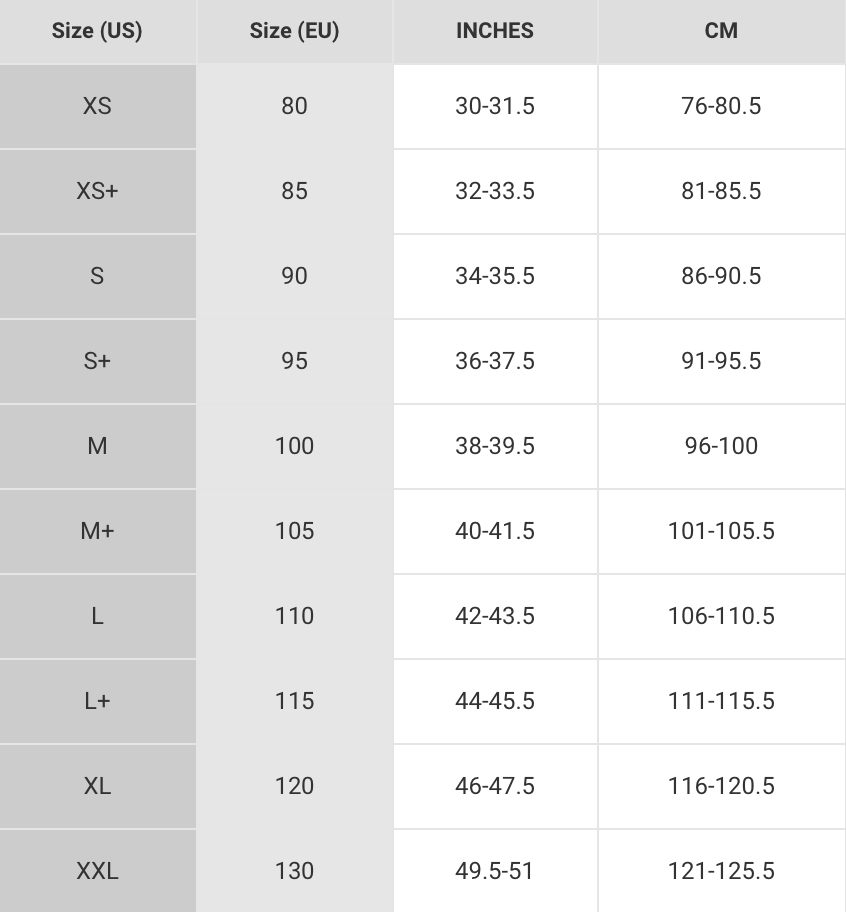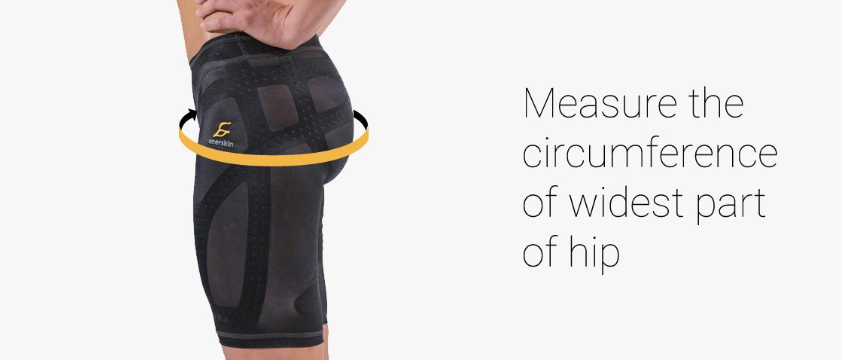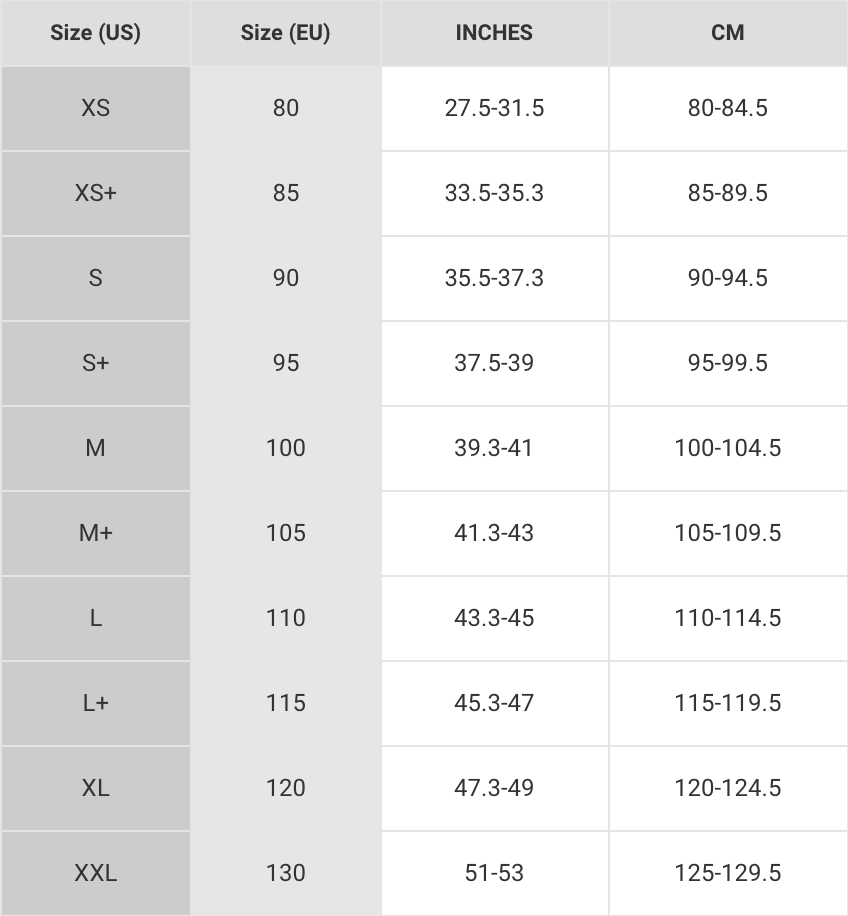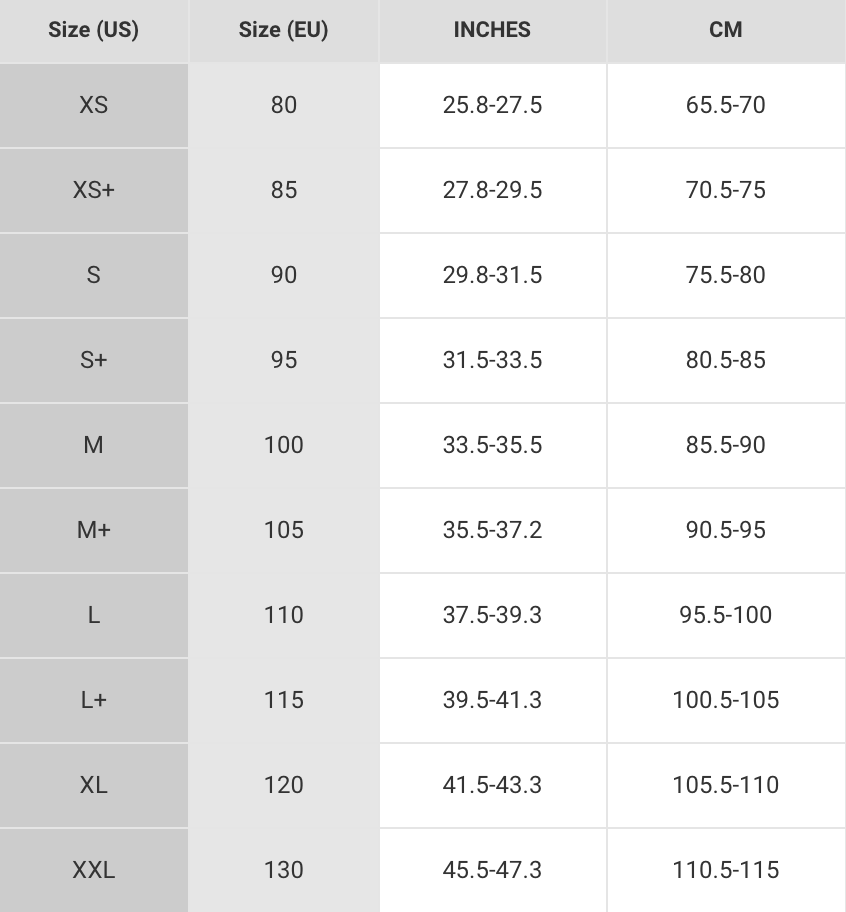Post-Workout Yoga Recovery for Athletes
If you picture yoga as something practiced in a dimly-lit room with meditative music and candles, you may be thinking of a bygone era. Today, yoga is a global powerhouse, with a huge community of practitioners, classes covering all styles and types, and plenty of mainstream love.
It’s not difficult to see the immense physical and mental benefits of yoga, but did you know that a growing number of professional athletes - people at their athletic peak - are integrating yoga into their workouts and recovery sessions?
 That’s right! As workout intensity continues to go up in today’s competitive environment, injuries such as muscle strains and sprains also become more prevalent. By applying yoga and yoga-inspired poses to help with stretching after exercising, you’ll have a competitive edge to get out sooner, and feel mentally better along the way.
That’s right! As workout intensity continues to go up in today’s competitive environment, injuries such as muscle strains and sprains also become more prevalent. By applying yoga and yoga-inspired poses to help with stretching after exercising, you’ll have a competitive edge to get out sooner, and feel mentally better along the way.
At Enerskin, we believe that recovery is just as important as the workout itself, and that good habits built around recovery help you to improve quicker and perform better. Most important, recovery done right reduces the chance of injury, which can set you back on your progress in a major way.
In this post, we’ll introduce the concept of yoga as recovery for athletes, walking through its benefits and effectiveness, as well as things to look out for.
Yoga’s Benefits
Yoga has well-known benefits ranging from reduced pain, improved focus, and stress relief. Consistently practicing yoga leads to better range of motion, flexibility, strength, and balance.
However, there’s another aspect that’s not as frequently mentioned - the mental clarity it instills in practitioners. Yoga originated in ancient India as a moving meditation, linking the mind and body through movement and breathing. For athletes under pressure during crunch time, having that mental edge makes all the difference between victory and defeat.

Yoga’s Effectiveness for Athletes
In a study published in the International Journal of Yoga, male soccer and baseball players from Division II colleges were split into a yoga-practicing group and a non-practicing group. These athletes attended their normal practices and sports training, but the yoga-practicing group also took one-hour yoga classes twice a week for 10 weeks.
The results speak for themselves - the yoga-practicing group improved dramatically in flexibility, range of motion, and balance by the end of the study, compared to the non-practicing group. Some specific improvements included greater ankle dorsiflexion, better knee and hip extension, and improved shoulder flexion.
It’s not surprising that professional sports teams such as the Seattle Seahawks and Los Angeles Clippers have yoga instructors and that many Olympic athletes include yoga in their arsenal of training and recovery regimens.
Yoga for Post-Workout Recovery
Now that you’ve read about the benefits and effectiveness of yoga, you’re convinced and want to add it to your own routine. Where do you start?
In next week’s post, we’ll cover specific yoga and yoga-inspired poses that are perfect for post-workout recovery. In the meantime, we’ll highlight some important pointers and share some of our recommendations on getting the most of your post-workout yoga sessions.

First, we’ll cover timing. The point of recovery is to let your broken-down muscles rest and rebuild. Accordingly, we recommend yin yoga-inspired poses immediately after working out, which require slow breathing and long holds, similar to passive stretching (read our post on dynamic vs. passive stretching for more info on stretching).
Optionally, you can foam roll before getting into the yin yoga poses for an even more effective recovery. We covered the benefits of foam rolling for recovery as well as some basic foam rolling moves in previous posts. Check them out!
To supercharge your recovery, wear Enerskin’s compression gear after your foam rolling and yoga sessions. Enerskin’s E75 collection of compression sportswear is designed to be worn in reverse (silicone side out) after working out to help further speed up muscle recovery. It’s one of the many unique features our products offer!
During off days, you could practice vinyasa yoga, which is a more active, flow-like yoga that activates muscles and relaxes connective tissues. Many classes teach this style of yoga, so you could look into checking out a local studio. Just remember that you don’t want to turn it into another workout. For that reason, we don’t recommend power yoga or hot yoga for recovery, as those styles are better suited for more intense workouts.
Sources:

you may also like

